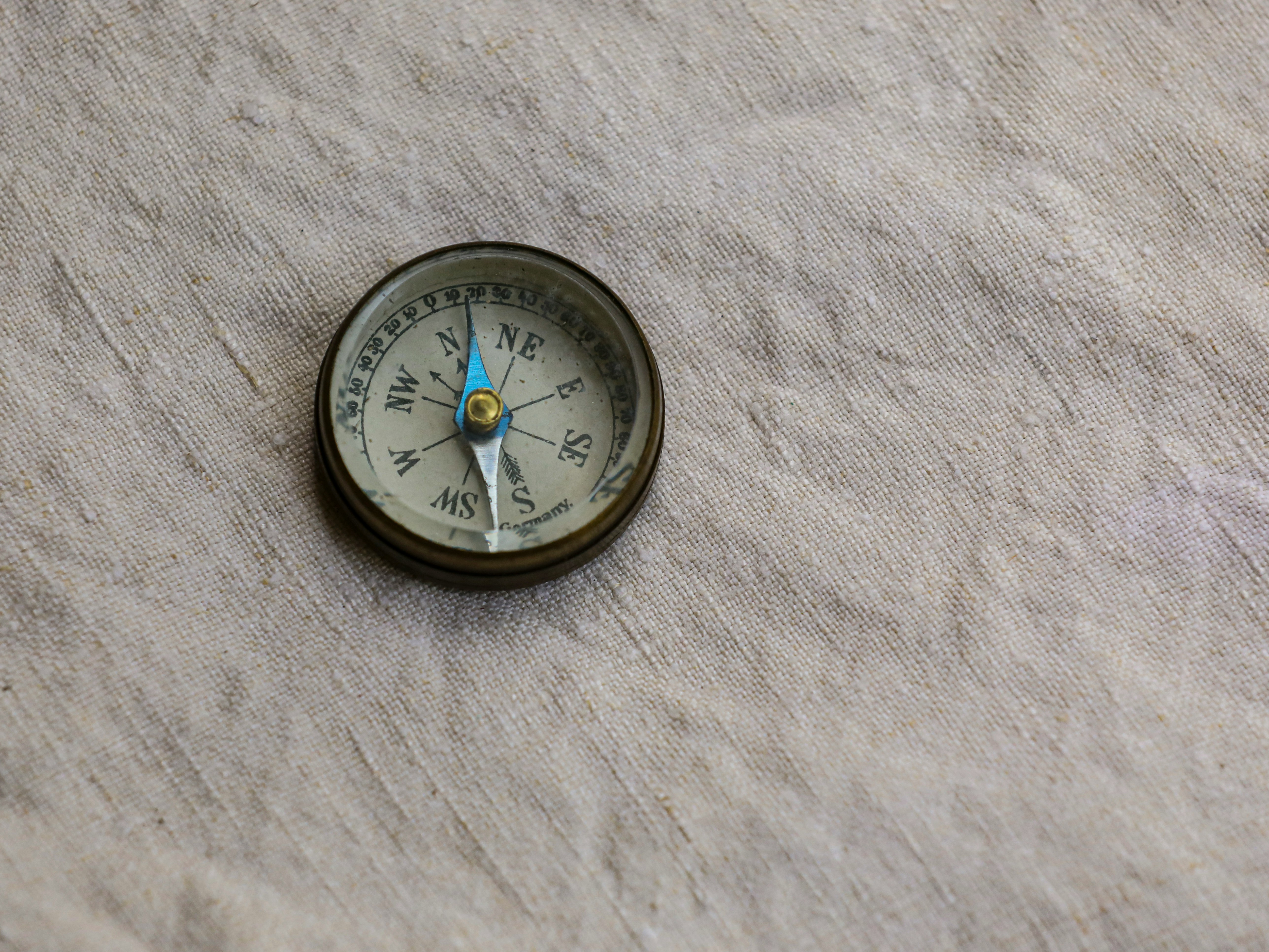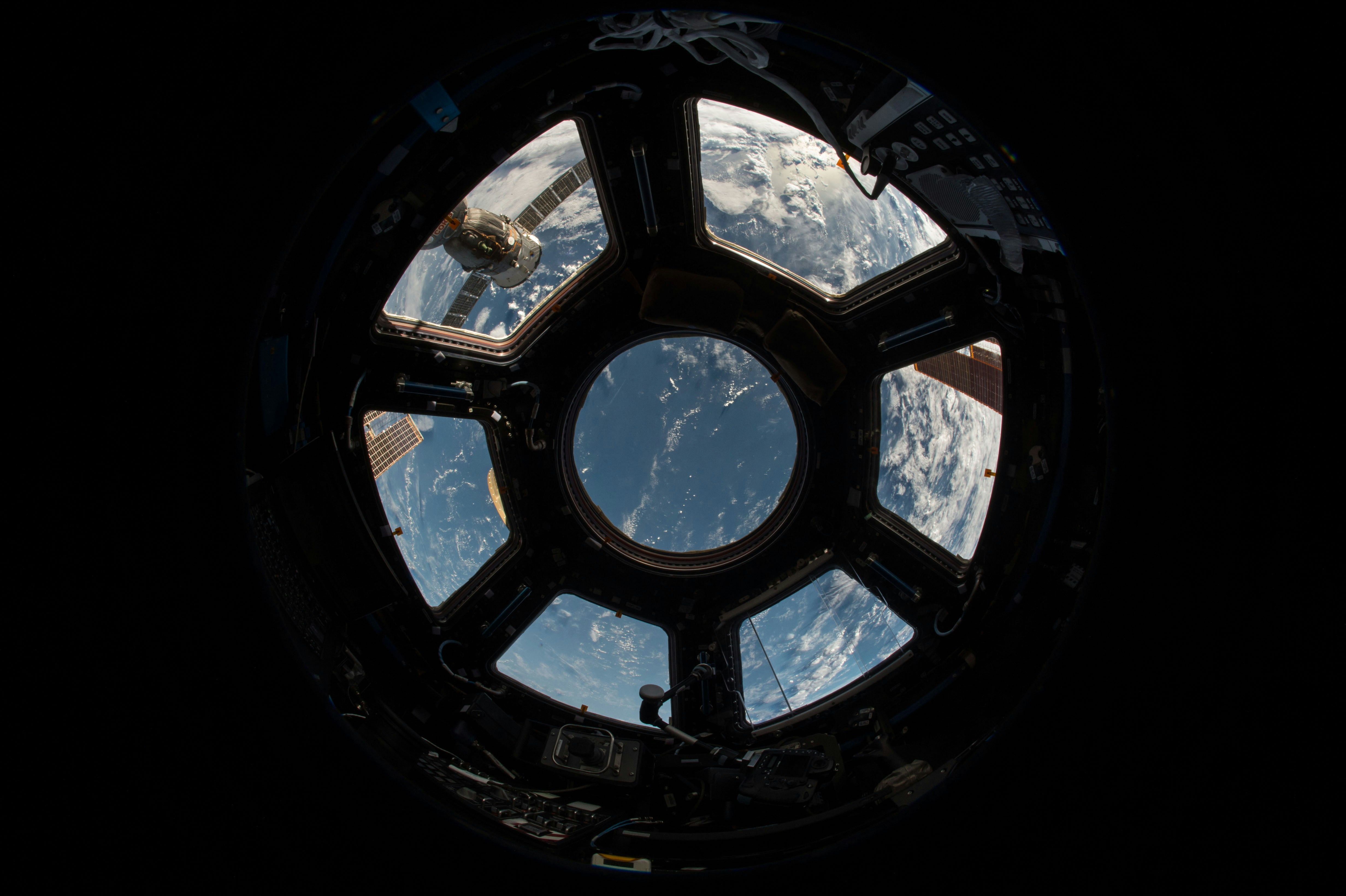Position Description
The NOAA Office of Space Weather Observations (SWO) requires an extensible multi-mission ground system and mission services to support continuity of space weather observations through NESDIS management of satellite observatories in orbit around Earth-Sun Lagrange Point 1 and other orbits. The growing user needs in the space weather community, motivating the Space Weather Follow On (SWFO) and Space Weather Next, include maintaining continuity of critical observations from all applicable orbits, longer-lead times and more accurate solar storm warnings that require improved forecasts of the location of the auroral oval and probability of impacts to aviation, energy, and defense, and new upper-atmospheric weather and satellite drag forecasting. The Space Weather Follow-On (SWFO) Program L1 observatory will launch in 2025. The next two spacecraft will be Space Weather Next (SWX) L1 Series observatories, scheduled to launch in late 2028 and 2032 respectively. The SWO ground system and associated mission services may be developed as an evolution of existing NESDIS ground system capability and deployed as an enclave of an existing NESDIS FISMA HIGH security system or created as an independent NESDIS HIGH security system. In preparation for the launch of the second L1 Series observatory in 2028, SWO mission services must have the capacity to operate up to three observatories at L1 simultaneously. SWO ground services must also optionally operate a geosynchronous series of space weather satellites.
The Project Manager on the Space Weather Ground Mission Systems (SWGMS) is responsible for leading teams to provide satellite ground systems that support the space weather forecasting and prediction mission of the National Oceanic and Atmospheric Administration (NOAA) National Environmental Satellite, Data, and Information Service (NESDIS) satellite ground systems. The ground systems are located at Suitland, Maryland and other NOAA facilities.
Project Manager responsibilities include but are not limited to:
Leading teams that support design, development, implementation, operations, maintenance, and sustainment of the satellite ground system. Working closely with customers to clarify requirements and objectives, and to oversee the implementation and operation of the systems. Ensuring that taskings are updated in the NESDIS Enterprise Configuration Management Tracking System (IBM ClearCase/ClearQuest) or Jira and that work is completed according to schedule and is fully integrated with operations on a non-interference basis. Interfacing with customers daily and ensuring that staff properly coordinate their work with SWO stakeholders. Providing a modern satellite ground system architecture that complies with current mission, enterprise, and security requirements. Leading development teams in compliance with a CMMI ML-appraised process set. Maintaining project schedules, spend plans, contract financial status, and manage project milestones. Working across task orders to coordinate work, transitions, and schedule between different functional teams, to facilitate system changes, upgrades, and enhancements. Ensuring that all contractual deliverables pertinent to the contract scope are provided by the team on schedule. Recruiting and training technical staff and works to enhance employee dedication to quality while fostering a culture of respect, trust, and integrity. Works with subcontractors to ensure timely recruiting for all subcontractor positions. Ensuring all staff billings are accomplished according to corporate/contract policy and procedures.
Required Skills
15+ years of experience in Federal or Program Management overseeing complex satellite ground system design, development, and implementation, systems engineering, and/or IT services. Background leading a team of engineers and subcontractors in all phases of the Software Development Life Cycle, designing system architecture, performing Design Reviews, developing requirements, and executing all phases of engineering. Software and systems engineering team leadership with a demonstrated track record of meeting schedule, budget, and customer expectations while performing full-lifecycle systems development, with concentration in developing satellite ground systems. Track record of excellent customer satisfaction, including development, management, and maintenance of key stakeholder and customer relationships. Strong management skills, including schedule, cost, and deliverables management. Risk management, either leading risk management activities or interfacing with a risk manager. Working knowledge of IT security principles and Federal IT policies, procedures, and guidelines under Federal Information Security Management Act (FISMA) and NIST IT security publication.
Desired
Having managed a project/program supporting launch activities, coordinating amongst multiple ground system teams to support launch readiness, launch rehearsals, and ground system readiness reviews. Having some high-level understanding of advanced technologies such as Cloud, virtualization/ hardware abstraction, and AI/ML
Must be a US Citizen or Permanent Resident (green card) and be able to pass a background investigation to obtain and maintain a Public Trust clearance.
Education
Bachelor’s degree or advanced degree preferred; significant Program Management experience could be substituted for an information technology, computer science, or related-discipline degree. A PMP certification is desired, though not required.
Location
Work is to be completed on-site at the NOAA Satellite Operations Facility (NSOF) in Suitland, MD. Position may be eligible for flexible work arrangement.
Benefits
All full-time employees are eligible for the following benefits upon starting: Medical, Dental, Vision, 401(k), Paid Time Off, and 11 Paid Federal Government Holidays.
ERT is a VEVRAA Federal Contractor and Equal Opportunity/Affirmative Action employer - All qualified applicants will be considered for employment without regard to race, color, religion, sex, national origin, disability, or protected Veteran status.


